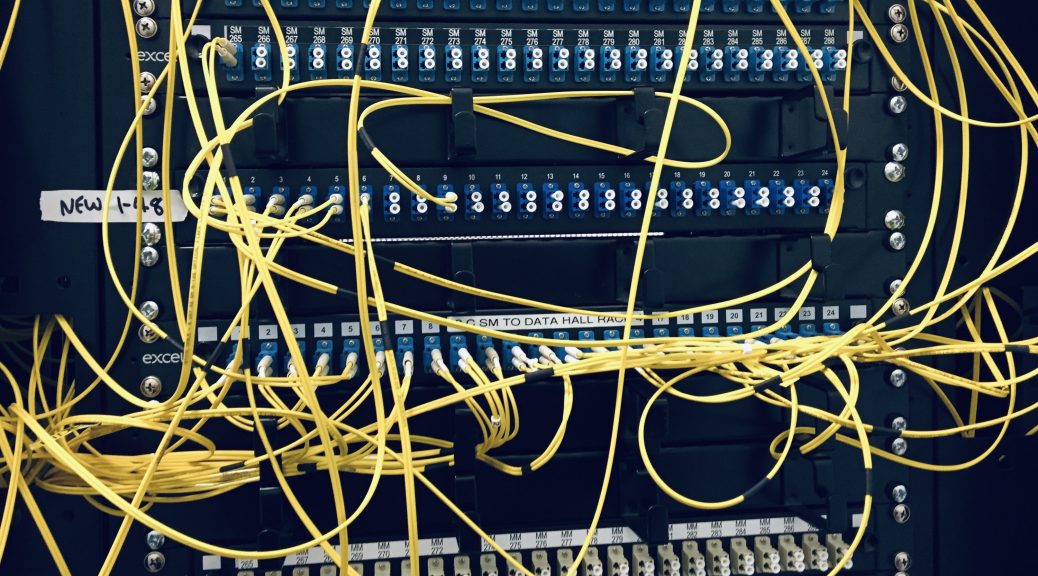Brighton Digital Exchange
The Brighton Digital Exchange (BDX) is a group of digital businesses working together in innovative ways to improve the digital infrastructure available to the Brighton business community. At the heart of BDX is a cooperatively-owned and run data centre, where member businesses can peer and colocate equipment; and from which they can provide services to Brighton businesses and the world.
The Digital Exchange facility went live in July 2015. Member businesses can buy wholesale access to exchange facilities including rack space, peering with other local carriers, and fibre access to business units in New England House.
Dataroom Build
Once a supplier was selected and permissions were obtained we conducted the datacentre build. This involved a single dataroom with an adjacent plant room, and self-contained ‘comms room’ for carrier interconnections and those bringing fibre into the facility. Air conditioning condensers were obviously housed outside in a separate containment area, along with a diesel generator across the road.
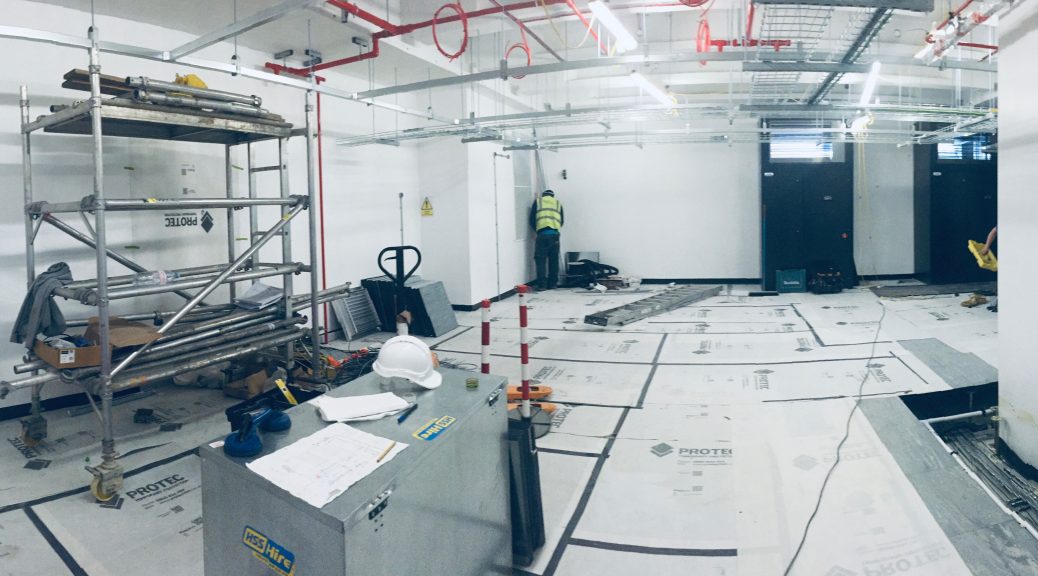
Developing Access Control
Access control systems were developed to allow per-user access to each part of the facility, allowing sub-group access to the comms room or common ways.
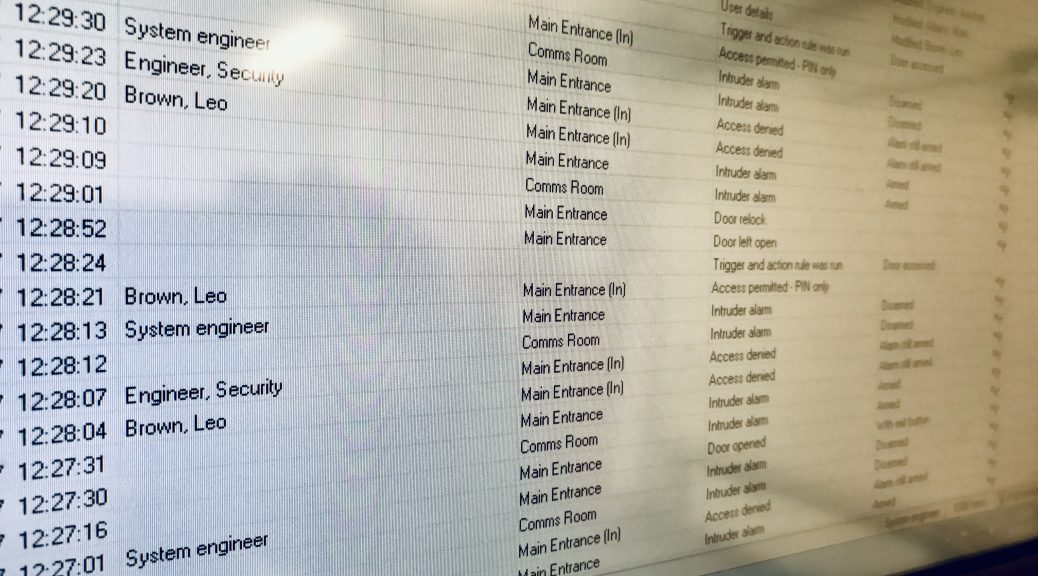
Building Management System (BMS) Build-Out
A common BMS framework was used to aggregate signalling from the various datacentre sensor networks, such as environmental monitoring, CRAC (Computer Room Aircon) status, UPS levels, generator status etc. This BMS allows mainly read-access but also read-write access to various sub-facilities such as the intruder alarm.
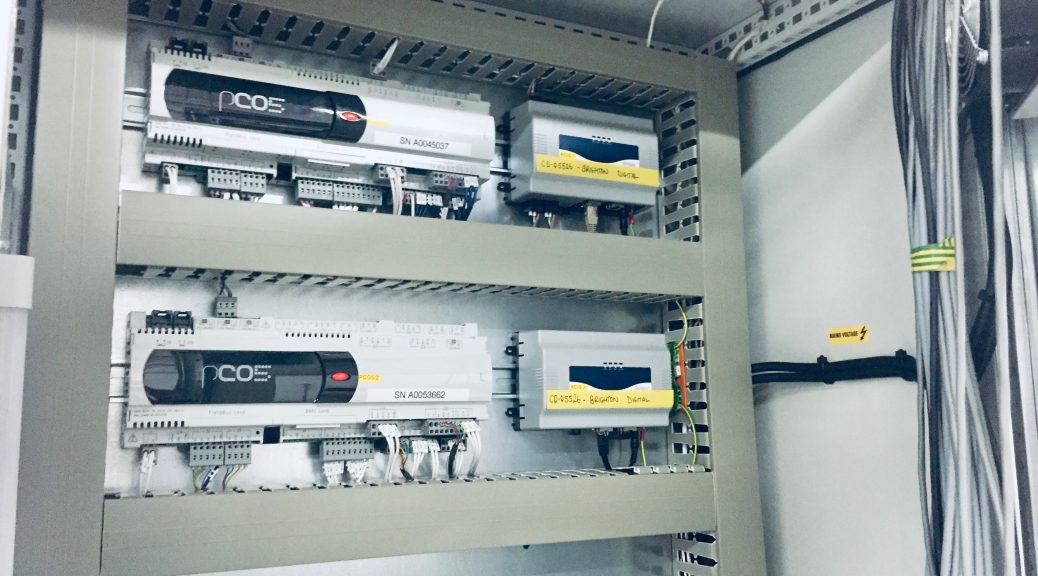
Interconnection with Locally Present Carriers
In order to provide a resilient connection to customers and services within the facility, redundant connections were made to multiple ISPs carrying divergent fibre in the building. Redundant core routers established BGP sessions with core routers from other networks, in order to advertise our IP space with multiple ingress routes.
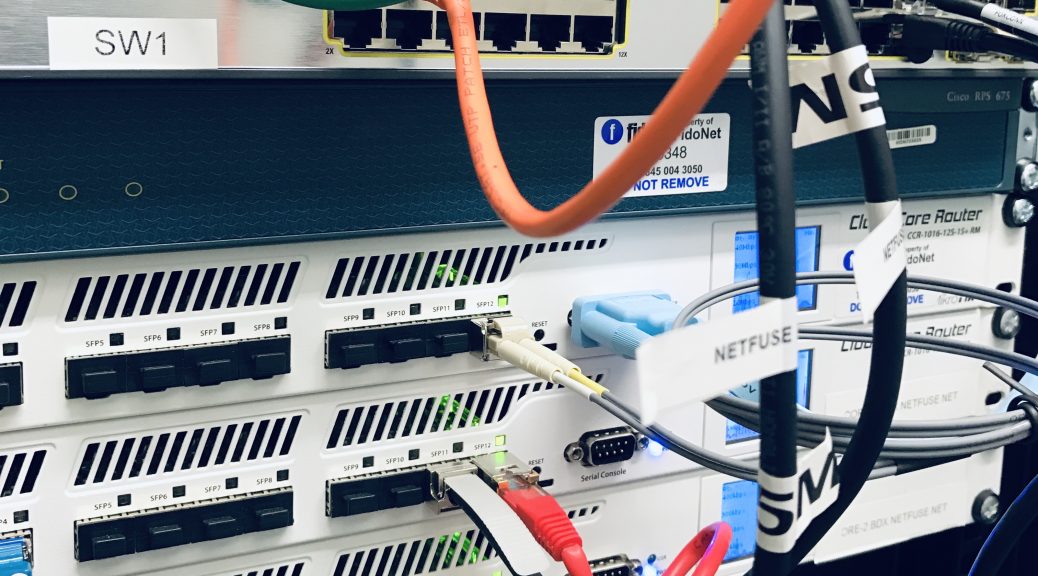
Testing Automatic Failover
Before putting services on top of the newly-established connectivity, I set up a number of throughput and redundancy tests to ensure that failure of fibre optic cable between core routers or carriers would not affect connectivity for customers and devices downstream. When the convergence time was suitably low for such a failure I was able to move toward readying services for deployment.
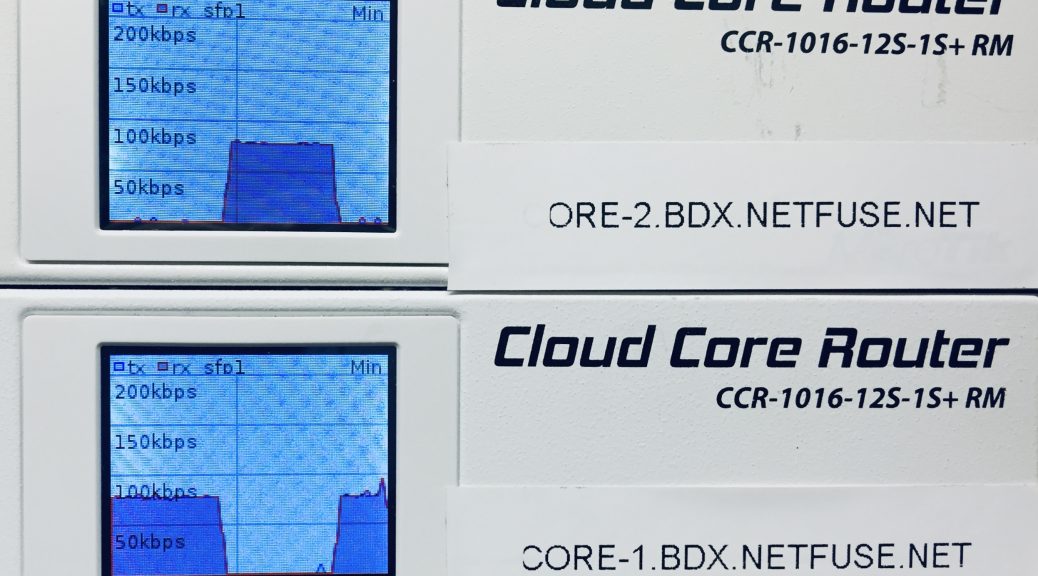
Core Services Racking Up
With everything else in place, servers are ready to be built and racked up. We used general purpose Dell servers with dual redundant ethernet (red primary and yellow secondary) and dual power connections such that any server can be easily moved between racks by detaching only one source cable at a time. Using the VRRP/HSRP protocol I brought convergence times down to less than one second for an ethernet cable swap.
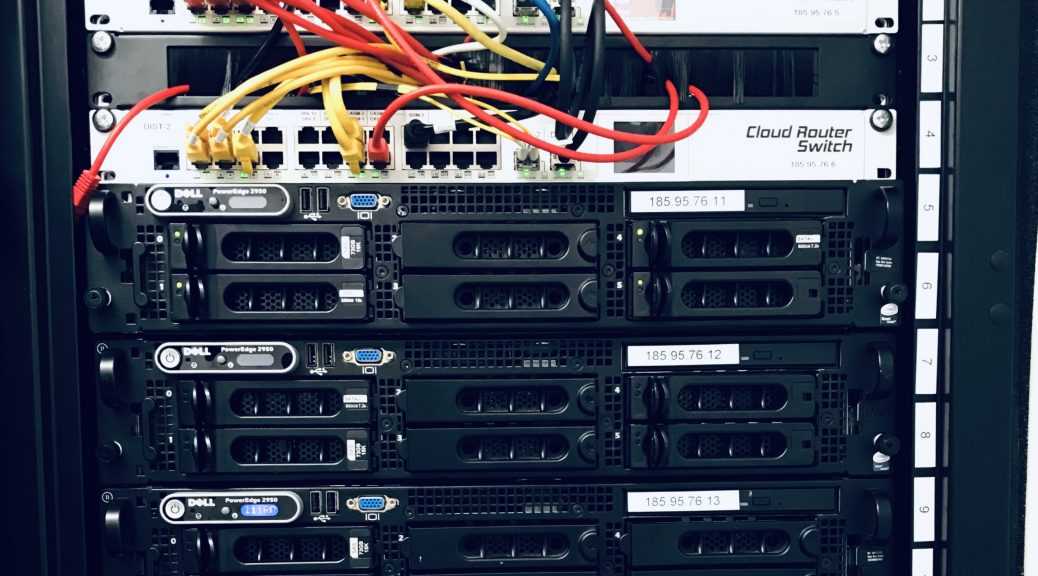
Fibre Interconnection to Local Business Units
With core routers, edge routers and supplementary services tested and running resilient, I was able to connect our first customers in the building back to our shared Digital Exchange infrastructure and to provide a rock-solid 1Gbps broadband product to our existing customers there. We’ve since enjoyed a 100.00% uptime in the facility.
